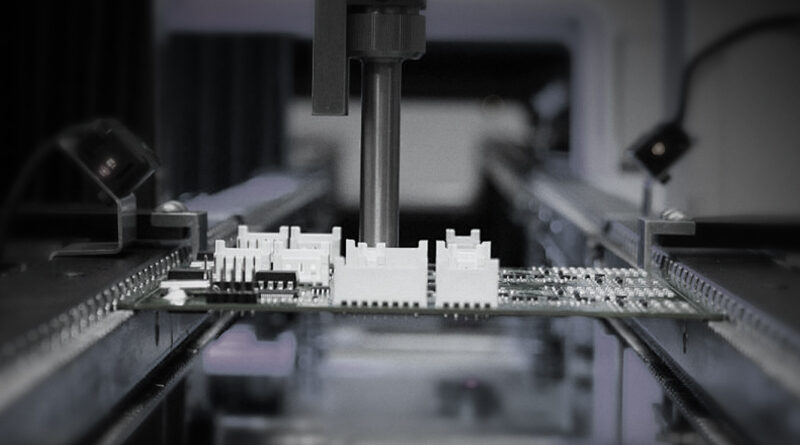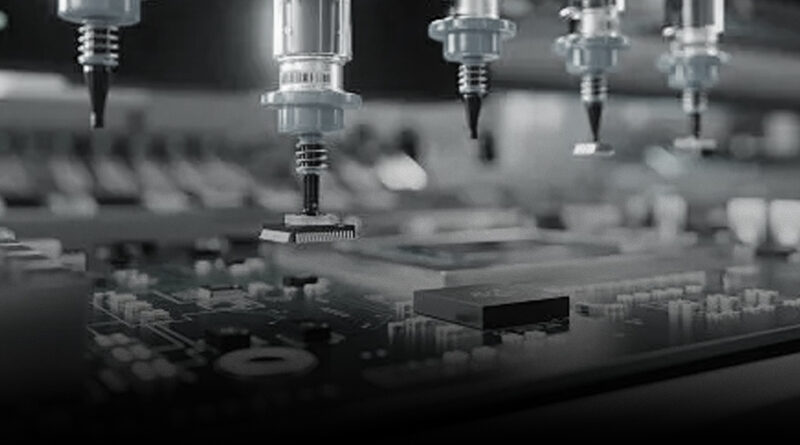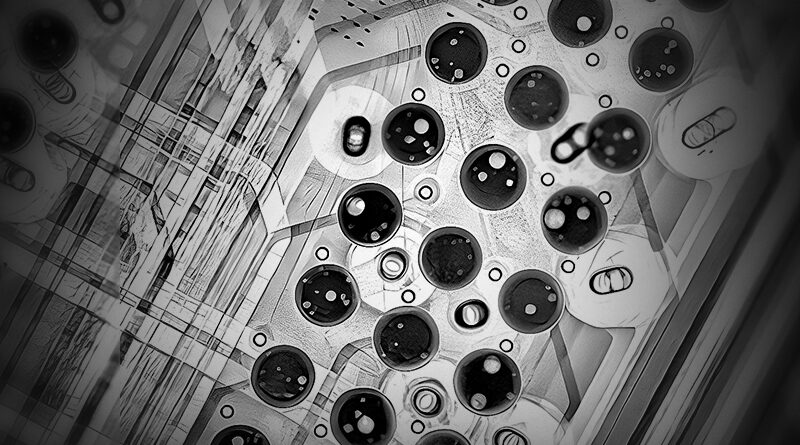In today’s fast-paced electronics manufacturing industry, efficiency and accuracy are paramount, especially when it comes to assembling printed circuit boards (PCBs). As surface mount technology (SMT) continues to dominate the landscape, the need for effective solutions to manage and count SMD components has never been more critical. This guide aims to explore the significance of X-ray SMD component counters, their operational mechanisms, and the benefits they offer in enhancing production efficiency.
Understanding SMD Component Counters
Before diving into the specifics of X-ray SMD component counters, it’s essential to understand what SMD components are and why their counting is crucial. SMD components are electronic parts designed for surface mounting directly onto the PCB. Accurate counting of these components is vital to avoid production delays and ensure product quality. Traditional counting methods often suffer from inaccuracies, leading to discrepancies in assembly and increased costs.
What is an X-Ray SMD Component Counter?
An X-ray SMD component counter is an advanced device that uses X-ray imaging technology to identify, sort, and count SMD components with precision. This technology allows for non-destructive testing and real-time counting of components, enabling manufacturers to streamline their inventory management processes and enhance overall productivity.
How Does It Work?
The fundamental operation of an X-ray SMD component counter involves several key steps:
- **Component Placement**: SMD components are placed onto a conveyor or tray designed for the X-ray counter.
- **X-Ray Imaging**: The device emits X-rays that penetrate the components, creating images based on their density and material composition.
- **Analysis**: Specialized software analyzes the X-ray images, accurately identifying each component type and counting them without any physical contact.
- **Output Data**: The counted data is then relayed to the manufacturer’s inventory management systems, providing real-time updates on stock levels.
Benefits of Using X-Ray SMD Component Counters
The integration of X-ray technology into SMD component counting brings several advantages:
1. Enhanced Accuracy
X-ray counters substantially reduce the risk of human error commonly associated with manual counting or visual inspection methods. Accurate counting ensures that assembly lines have the correct number of components, reducing production delays and costs associated with shortages.
2. Non-Destructive Testing
One of the standout features of X-ray SMD component counters is their ability to count components without causing any damage. This feature is particularly advantageous for delicate and expensive components, ensuring they remain intact throughout the counting process.
3. Time Efficiency
Automated counting processes significantly speed up the workflow. What would take hours using traditional counting methods can be accomplished in minutes with an X-ray SMD component counter, allowing manufacturers to focus on other critical areas of production.
4. Comprehensive Analysis
Advanced X-ray systems can provide not only counting but also detailed analysis of the components’ characteristics, such as size, shape, and material composition. This information can be invaluable for quality control processes and ensuring that only the highest quality components are used in production.
5. Integration with Existing Systems
X-ray SMD component counters can be seamlessly integrated with existing inventory management and production systems. This interoperability ensures smooth operations and accurate data flow throughout the supply chain.
Applications of X-Ray SMD Component Counters
With their advanced technology, X-ray SMD component counters have found applications across various sectors:
1. Electronics Manufacturing
In the electronics sector, these counters are invaluable for maintaining component inventory and streamlining production processes. Companies producing consumer electronics, automotive components, and industrial machinery rely on accurate component counting to minimize waste and control costs.
2. Research and Development
In R&D environments, accurate component counting is essential for prototyping and product testing. X-ray SMD component counters can support innovation by ensuring that engineers have the right components on hand for their experiments.
3. Quality Assurance
Quality assurance teams utilize X-ray SMD component counters to ensure that the right components are present in manufacturing batches. This helps to maintain product integrity and compliance with industry standards.
Choosing the Right X-Ray SMD Component Counter
When selecting an X-ray SMD component counter, manufacturers should consider several key factors:
- **Accuracy**: Look for devices with a proven track record in accuracy and precision to minimize counting errors.
- **Speed**: Evaluate the counting speed to ensure it meets the production demands.
- **Integration Capability**: Ensure that the counter can be integrated easily into existing production lines and software systems.
- **Support and Maintenance**: Reliable customer support and maintenance services are essential for a seamless operational experience.
- **Cost Efficiency**: Consider the cost versus the benefits the counter will bring to operations. An investment in quality technology will yield significant returns in the long run.
The Future of X-Ray SMD Component Counting
As technology continues to evolve, X-ray SMD component counters will likely incorporate even more advanced features, such as AI-driven analytics and enhanced imaging capabilities. These developments will further improve counting efficiency, accuracy, and integration with smart manufacturing practices. The continuous push for automation and digitization in manufacturing will undoubtedly bolster the role of these counters in modern production environments.
In conclusion, the use of X-ray SMD component counters represents a significant advancement in the electronics manufacturing industry. By ensuring accurate, efficient, and non-destructive counting of components, manufacturers can achieve greater operational efficiency, reduce waste, and improve product quality. As the demand for electronic components grows and production technologies continue to advance, the importance of leveraging the right tools for component counting will only become more pronounced.





